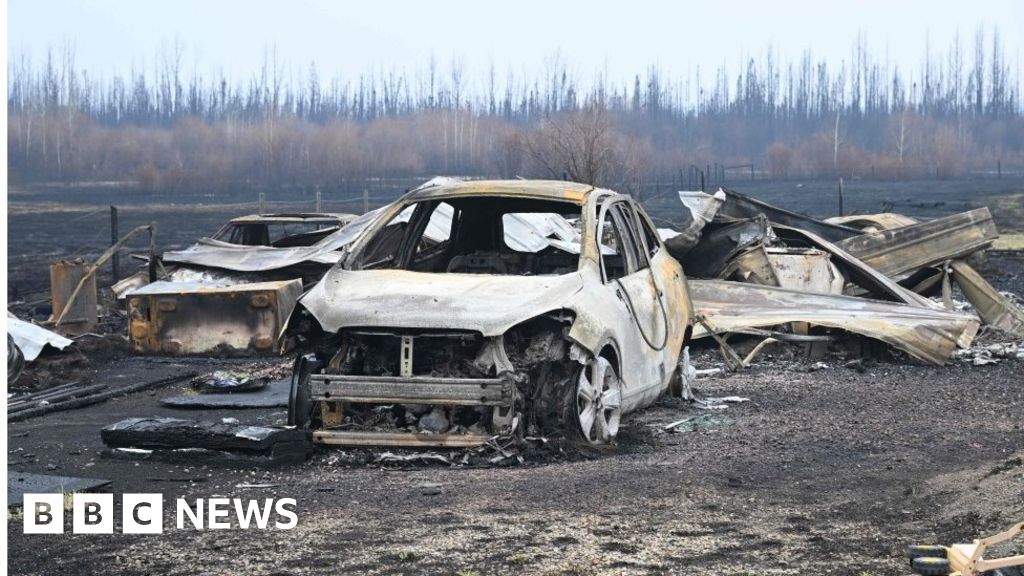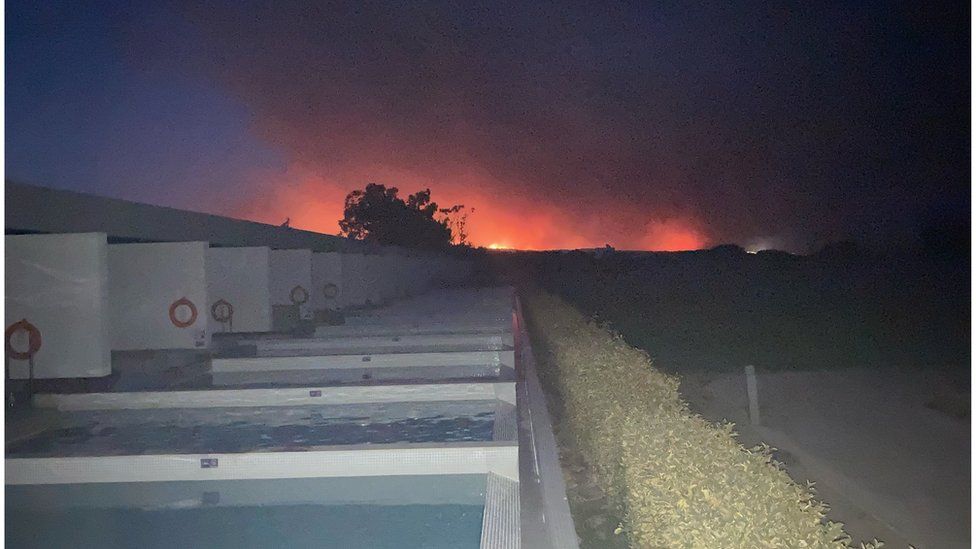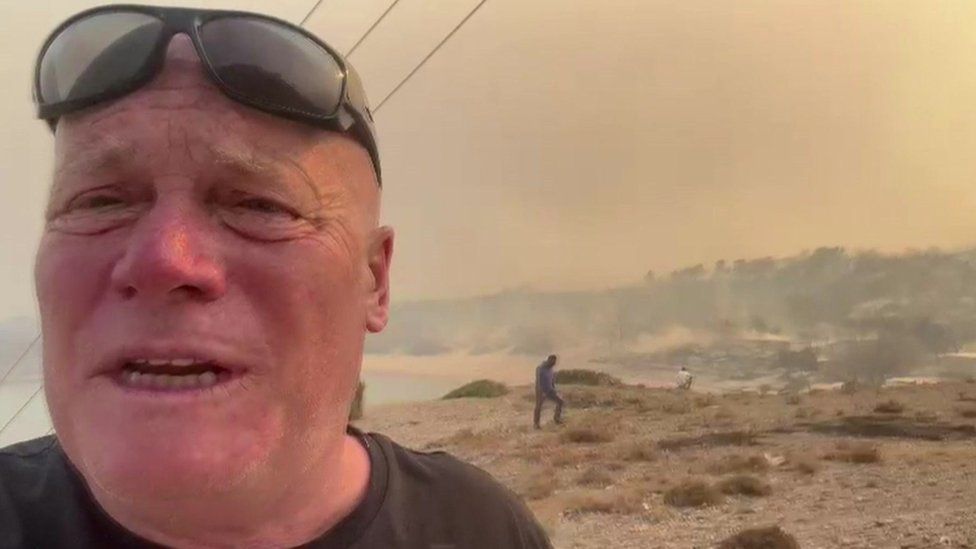Multiple deadly wildfires are raging across Canada, forcing thousands of people to evacuate, and sending smoke as far south as Georgia in the US.
This year, wildfires are expected to burn the most land in Canada's history.
Hundreds of miles away, Toronto and New York are experiencing the impact the most strongly.
Natural Resources Minister of Canada Jonathan Wilkinson stated, "We are now living in a new reality.
We consider the impact that a changing climate has on what is occurring.
On May 4, Alberta became the first province to declare a local state of emergency. Since then, hundreds of fires have started across the nation, with more than 400 still burning as of June 7.
The majority of the more than 2,000 fires that have been reported in Canada this year are believed to have been started by humans.
Some were caused by lightning strikes, especially in Quebec.
Prior to now, a serious fire risk has also been attributed to dead trees left to stand and poor forestry management.
The modern practice of attempting to completely put out fires, according to experts, can prevent forests from forming organic firebreaks that historically would have limited the spread of wildfires.
Wildfires cannot all be automatically attributed to climate change. Because of how we manage our lands and forests and other human factors, science is complicated.
However, according to scientists, the likelihood of weather events like heat waves and droughts that cause wildfires is increasing due to global warming.

The climate signal is very strong, according to North Carolina State University's Robert Scheller, a forestry professor. Both the area being burned and the intensity of the fires are increasing. ".
As a result of Canada's unusually warm and dry spring, these large fires have access to tinder-dry conditions.
Last week, temperatures in Halifax, western Canada, reached 33C, about 10 degrees higher than usual for the season.
Since 2020, there has been a drought in some areas of the nation, including Alberta and Saskatchewan.
The vegetation in the forests is "exceptionally dry," according to UCLA climate scientist Daniel Swain, which has led to a higher percentage of lightning strikes causing forest fires.
A record-breaking spring heat wave that affected other regions of the northern hemisphere, such as Spain, Portugal, Morocco, Algeria, and Siberia, is believed by experts to be the cause of the high temperatures.
In the past year, scientists have come to the conclusion that drought in the northern hemisphere is more likely due to high temperatures exacerbated by climate change.
The emissions of greenhouse gases, which warm our atmosphere, are also influenced by wildfires.
The Copernicus Atmosphere Monitoring Service estimates that emissions from the Canada wildfires reached 54.8 million tonnes in May, more than doubling the previous records for that month since estimates have been kept since 2003.
Hundreds of miles away from fires, hazy, smoggy air has been pushed into parts of Canada and the US by a storm system and swirling low-pressure weather.
While the skies may start to clear in the coming days as a result of those weather conditions, the smoke will likely persist in areas that are closer to the fires.
The Canadian government claims that while the risk of wildfires is anticipated to decrease in Quebec and Ontario in July, it is anticipated to increase the following month in the Yukon in western Canada.
Additionally, the summer is expected to be extremely hot and dry, so the risk of fire is not expected to go down anytime soon.
Because of the combined effects of land use and climate change, scientists predict wildfires will increase in frequency and intensity in the future.
However, according to Prof. Scheller, "there will always be year-to-year variation.".
While the frequency of wildfires varies from region to region, there has been a noticeable increase in the number of acres burned by these conflagrations in North America in recent decades.
According to Prof. Scheller, this trend is anticipated to last for decades as climate change causes more extreme weather, including higher temperatures.








